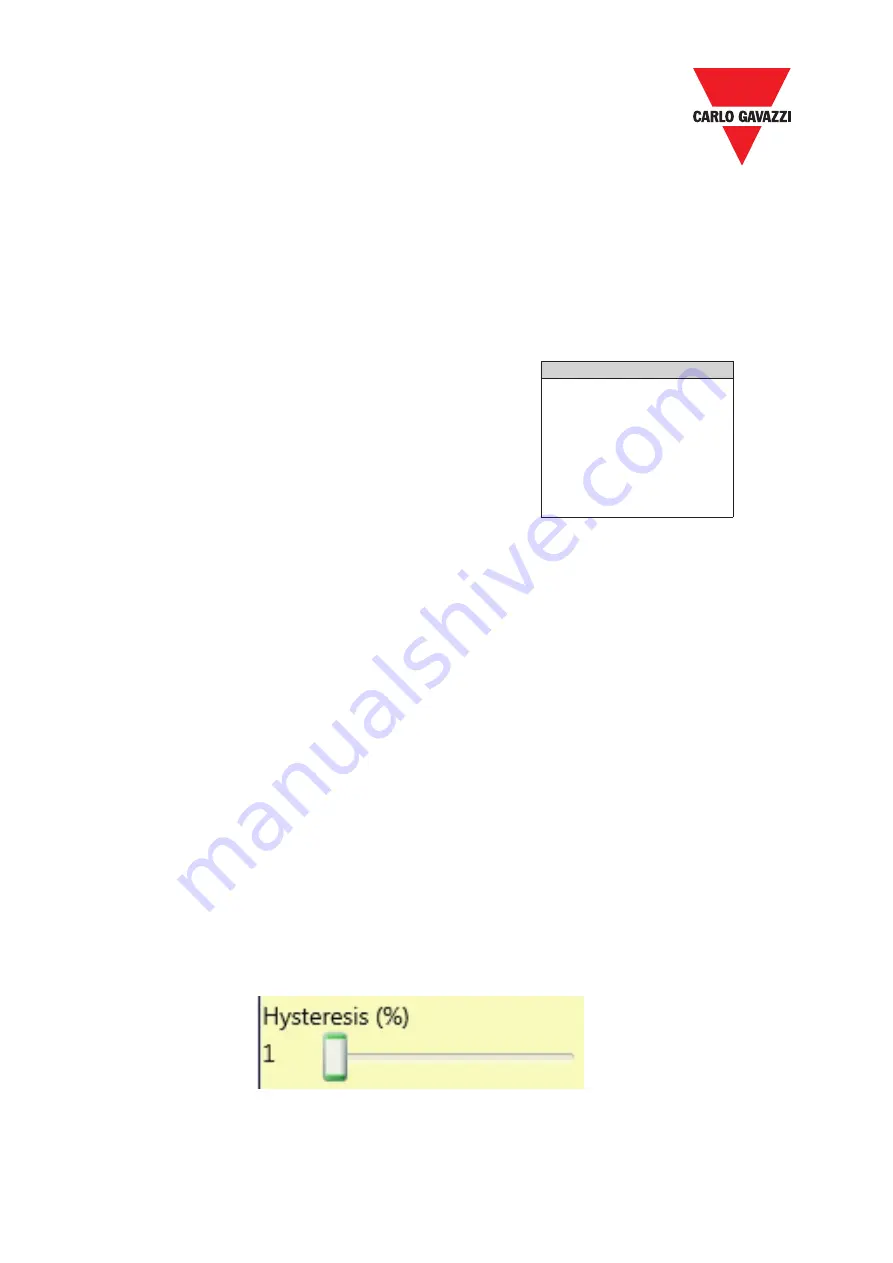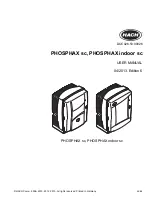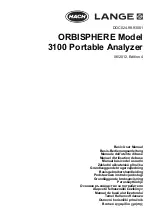
86
Specifications are subject to change without notice. Pictures are just an example. For special features and/or customization, please ask to our sales network. 07/18
CERTUS Installation Manual
Threshold number:
It allows you to enter the number of thresholds for the maximum value of
speed. Changing this value will increase/decrease the number of thresholds that can be entered
from a minimum of 1 to a maximum of 4. In the case of thresholds greater than 1, the input pins
for the selection of the specific threshold will appear in the lower part of the function block.
If the Axis Type chosen was linear, this field allows you to enter the sensor pitch to obtain a
conversion between sensor revolutions and distance travelled.
Pitch:
If the axis type chosen was linear, this field allows
you to enter the sensor pitch to obtain a conversion
between sensor revolutions and distance travelled.
Proximity choice:
It allows you to choose the type of
proximity sensor from PNP, NPN, Normally Open (NA)
and Normally Closed (NC), with 3 or 4 wires.
(In order to ensure a Performance Level = PLe use
a proximity switch type PNP NO: ref. “Interleaved
proximity ->).
No Proximity
PNP 3-wire NC
PNP 3-wire NO
NPN 3-wire NO
NPN 3-wire NC
PNP 4-wire NC/NO
NPN 4-wire NC/NO
PNP/NPN 4-wire NC/NC
PNP/NPN 4-wire NO/NO
Measurement:
Enter in this field the number of pulses/revolution (in the case of rotary
sensor) or µm/pulse (linear sensor) relating to the sensor used
Verification:
Enter in this field the number of pulses/revolution (in the case of rotary sensor)
or µm/pulse (linear sensor) relating to the second sensor used.
Gear Ratio:
This parameter is active if there are two sensors on the selected axis. This
parameter allows you to enter the ratio between the two sensors. If both sensors are on the
same moving parts, the ratio will be 1 otherwise the number corresponding to the report must
be entered. E.g. there are an encoder and a proximity switch, and the latter is on a moving
part that (due to a gear reduction ratio) rotates at twice the speed of the encoder. Therefore,
this value must be set at 2.
Hysteresis (%):
It represents the percentage hysteresis value below which the speed change
is filtered. Enter a value other than 1 to avoid continuous switching as the input changes.
Speed 1, 2, 3, 4:
Enter in this field the maximum speed value above which the function block
output (OVER) will be 0 (FALSE). If the measured speed is less than the set value, the function
block output (OVER) will be 1 (TRUE).
















































